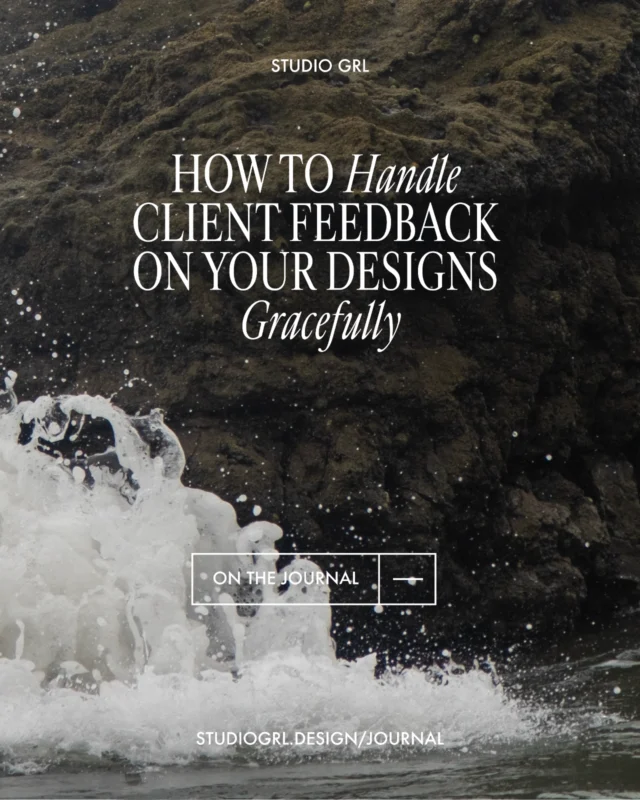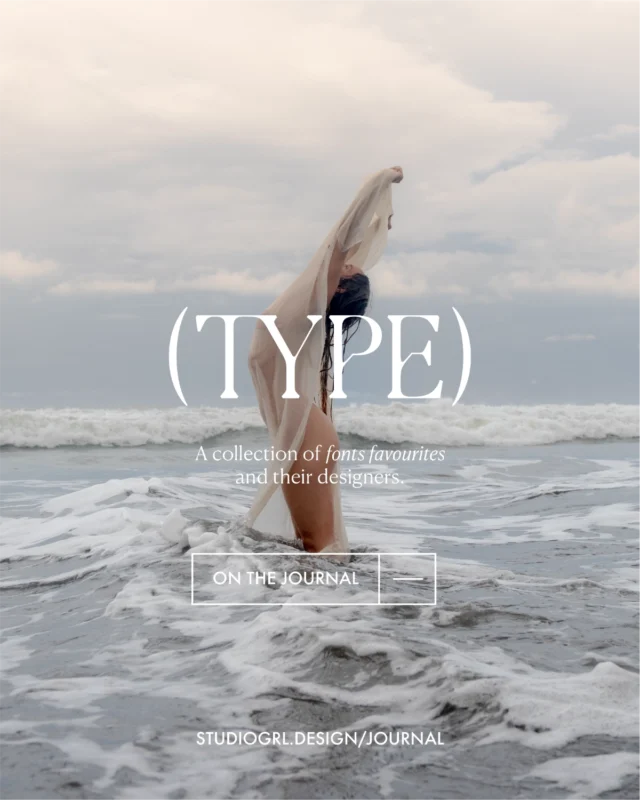I remember a conversation with a friend who had just completed her graphic design course and was working with her first clients. She reached out, sharing her frustration: “My client doesn’t like my design and wants another revision. I can’t do this.” She was ready to quit her design career.
Her words stuck with me because I’ve been there too, asking myself: “Why can’t my client just understand?”
As a creative, pouring your heart into a project only to hear “It’s just not quite right” can feel like a pain point. Especially in your first years working with clients, dealing with these situations can feel overwhelming and discouraging.
But here’s the truth: navigating feedback is part of the journey. In this blog, I’ll share my tips to help you handle challenging client feedback, protect your creative spark and find solutions that work for both you and your clients.

1. Don’t Take It Personally
Always remember: design is subjective. What one person loves, another may dislike. As designers, it’s natural to feel attached to our work, but remember: Client feedback isn’t a judgment of your talent — it’s part of the collaborative process. It’s also an opportunity to refine the design to better meet their needs. After all, collaboration is at the heart of being a designer.
When I receive feedback that stings, I remind myself to approach it with curiosity instead of defensiveness. Sometimes, stepping back and giving myself time to process before responding helps me detach emotionally and see the feedback objectively.
Pro Tip: Stay calm, professional, and responsive when addressing feedback. A thoughtful approach shows your commitment to delivering a result that resonates.
2. Build Revisions Into Your Process
Offering a set number of revisions as part of your project pricing is an essential aspect of design work, making it important to incorporate them into your project structure from the start. Not every client has a clear vision when they start and revisions allow space for collaboration and refinement within the agreed budget.
By defining the number of revisions included in your contract, you set clear boundaries that protect both you and your client from misaligned expectations. It also ensures the process stays manageable and fair. Clearly outline your hourly rate in the contract for any additional revisions beyond what’s included in the project scope.
Pro Tip: Clearly outline the number of revisions in your design agreement and include hourly rates for additional changes beyond what’s included in the project scope. This transparency protects you and creates clarity.
3. Work With Clients Who Align With Your Style
Not every client will be a perfect fit, and that’s okay. Before starting a project, have an open discussion about your design style and their expectations. This helps ensure you’re aligned from the beginning and minimizes potential conflicts later.
When you attract clients who value your unique creative approach — the collaboration feels more inspiring, natural and rewarding.
Pro Tip: Adress your niche in your own brand strategy and showcase a portfolio that reflects your unique style. The right clients who resonate with your vision and values will naturally be drawn to you.
4. Set A Design Direction Early
Starting with a strong foundation is key to avoiding misunderstandings. Providing a moodboard, rough sketches or two initial directions early in the process gives clients a sense of the project’s direction. This reduces the likelihood of misaligned expectations.
Pro Tip: At the beginning of a project, I like to present my clients with two distinct “Seeds” — two different creative directions. This approach helps prevent spending unnecessary hours on a direction that might not align with their vision.
5. Stay True to Your Design Vision
While client satisfaction is important, so is maintaining your design integrity. When disagreements arise, strive to find a middle ground. Offer thoughtful alternatives that meet the client’s needs while staying true to your vision. Never forget that your client came to you in the first place because design is your expertise!
Pro Tip: Mention your creative philosophy in your client communication, emphasizing your expertise in balancing client goals with cohesive and impactful design.
6. Treat Every Challenge as a Learning Opportunity
Lastly, every project, whether smooth or challenging, has lessons to offer. Use these experiences to refine your NVC skills, improve your design process and grow as a designer.
Pro Tip: Reflect on each project: What worked well? What could you do differently next time?
Over time, you’ll build a process that supports both your creativity and your client relationships.
Keep notes on feedback patterns or challenges you encounter. These insights can help you anticipate potential roadblocks in future projects.
Final Thoughts: Growth Through Collaboration
Navigating client feedback can be challenging, but it’s a natural part of building a creative career – so I want to encourage you to not quit! By staying open to collaboration, setting clear boundaries and working with aligned clients, you can create a fulfilling design process that uplifts both you and your clients.
Embrace the way you learn throughout this time in your life. Each project, each piece of feedback and every revision offers a chance to refine your skills and deepen your understanding of your craft.


